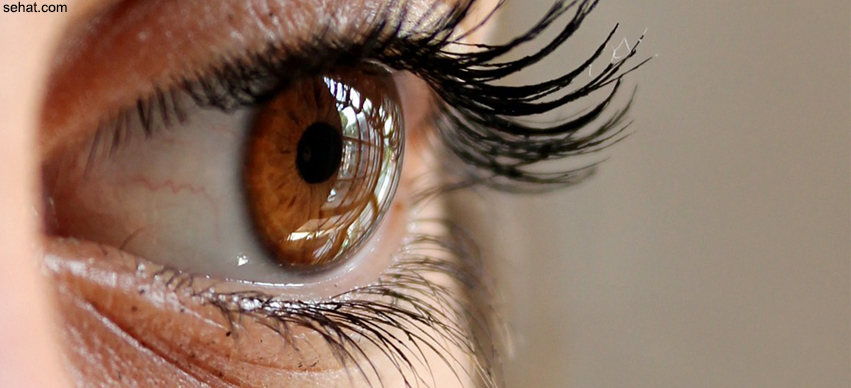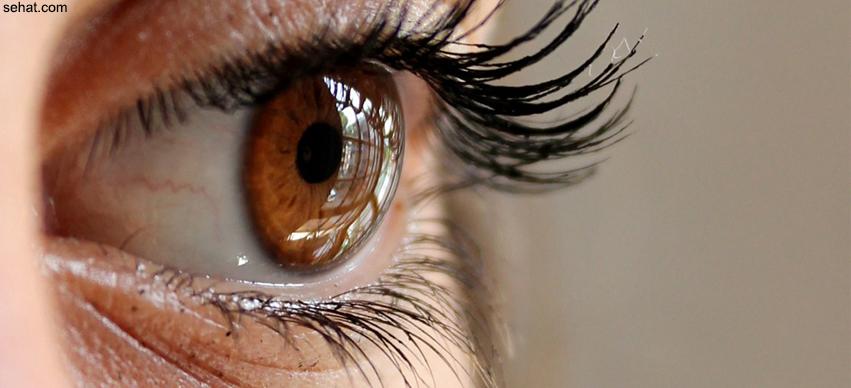Nanoparticle Therapy – An Emerging Cancer Treatment
5 Min Read


Keratoconus is a disorder of the eye that can progressively worsen if not treated on time. The disorder causes structural changes in the eye, causing the shape of the eye to turn cone-like, instead of the usual curvaceous shape. The disorder of the eye can over time result in distorted vision, heightened sensitivity to light and occurrence of multiple images.
Though a non-inflammatory eye condition, Keratoconus thins the cornea and causes significant distortion of vision. It is a degenerative disorder, the progression of which is generally unpredictable. The condition may either stop all of a sudden, at a mild stage, or continue for a long period of time and grow severe even.
The actual reasons behind the occurrence of the disorder are not exactly known. However, Keratoconus is not a common disease, but not rare at the same time. It is known to affect about 1 in about 2000 people. The eye condition is more common among youngsters, mostly adolescents and is found all over the world. It is also found to be not limited to any specific conditions or follow a particular geographic or cultural pattern. Keratoconus is also found be largely bilateral, which means affecting both the eyes simultaneously instead of just one.
The treatment options for the eye condition vary from corrective contact lenses to surgical procedures in complicated cases. For the most part, contact lenses that are designed to push the cornea back into its original shape have been found to be highly effective in treating the condition.